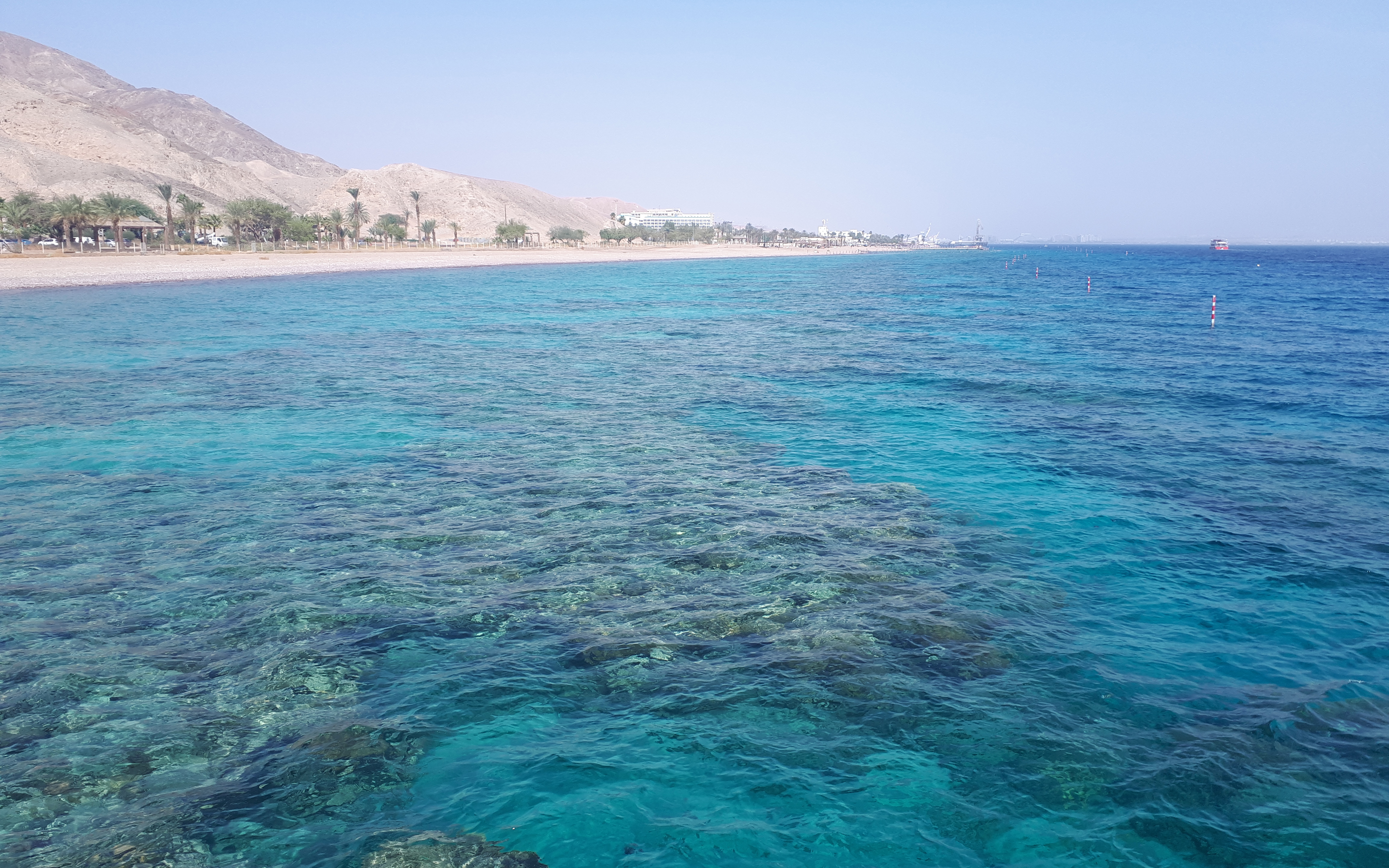Media release
From:
An international study comparing data from Heron Reef and the Middle East’s Gulf of Aqaba has disproved the long-held theory that coral reefs only have the capacity to emit CO2.
The first-of-its-kind discovery is the result of an international study led by The University of Queensland which found that dust blown in from nearby deserts can convert coral reefs into CO2 sinks.
Professor Hamish McGowan from UQ’s School of Earth and Environmental Sciences said the discovery was made after researchers observed a correlation between influxes of CO2 and periods of increased dust concentrations in the atmosphere around the reefs.
“We were surprised at how significant a role dust accumulation played in switching coral reefs from a CO2 source to a CO2 sink,” Professor McGowan said.
“This process was previously thought to be impossible, but our research proves otherwise.
“We found that the build-up of dust in the traditionally low-nutrient and low-chlorophyll waters of the Gulf of Aqaba actually fertilises and improves coral-growing conditions and photosynthesis in reef ecosystems.”
Professor McGowan said the results will allow for the development of more accurate carbon budgets for the world’s oceans.
“The process we have identified in this study actually contributes to more accurate accounting of carbon around the globe,” Professor McGowan said.
“This informs predictions of the impact of atmospheric carbon on climate and climate sensitive ecosystems such as coral reefs.”
Professor Nadav Lensky from Geological Survey Israel said these improved conditions mean desert reefs have the potential to act as a place of refuge for coral.
“In this study we also measured extreme evaporation rates over the coral reefs in the Gulf of Aqaba, at the most northern tip of the Red Sea,” Professor Lensky said.
“This process consumes large amounts of heat and keeps water temperatures typically below the threshold that causes coral bleaching.
“Combined with the positive impact of dust deposition, these processes make the Gulf of Aqaba a more supportive environment for growing coral.”
The research establishes the causal controls on reef water temperatures, as opposed to previous predictions which were more focused on the correlation of global warming and coral bleaching.
Professor Lensky said these findings will allow researchers to correctly attribute the cause of, for example, extreme high water temperature events that result in coral bleaching.
“Our research, which included analysis of data collected at Heron Reef on the Great Barrier Reef, has confirmed the crucial role of local meteorology and the prevailing weather patterns in determining reef water temperatures,” Professor Lensky said.
“To further test and understand how dust may influence air-sea CO2 exchange, we need to do more research into how this may change in different seasons and locations, such as over coral reefs like Ningaloo reef in northwest Australia.”
This research was supported by the Zelman Cowen Academic Initiatives fund and published in Frontiers in Marine Science, Journal of Geophysical Research: Oceans, and the Journal of Geophysical Research: Atmospheres.
Multimedia




 Australia; International; QLD
Australia; International; QLD


